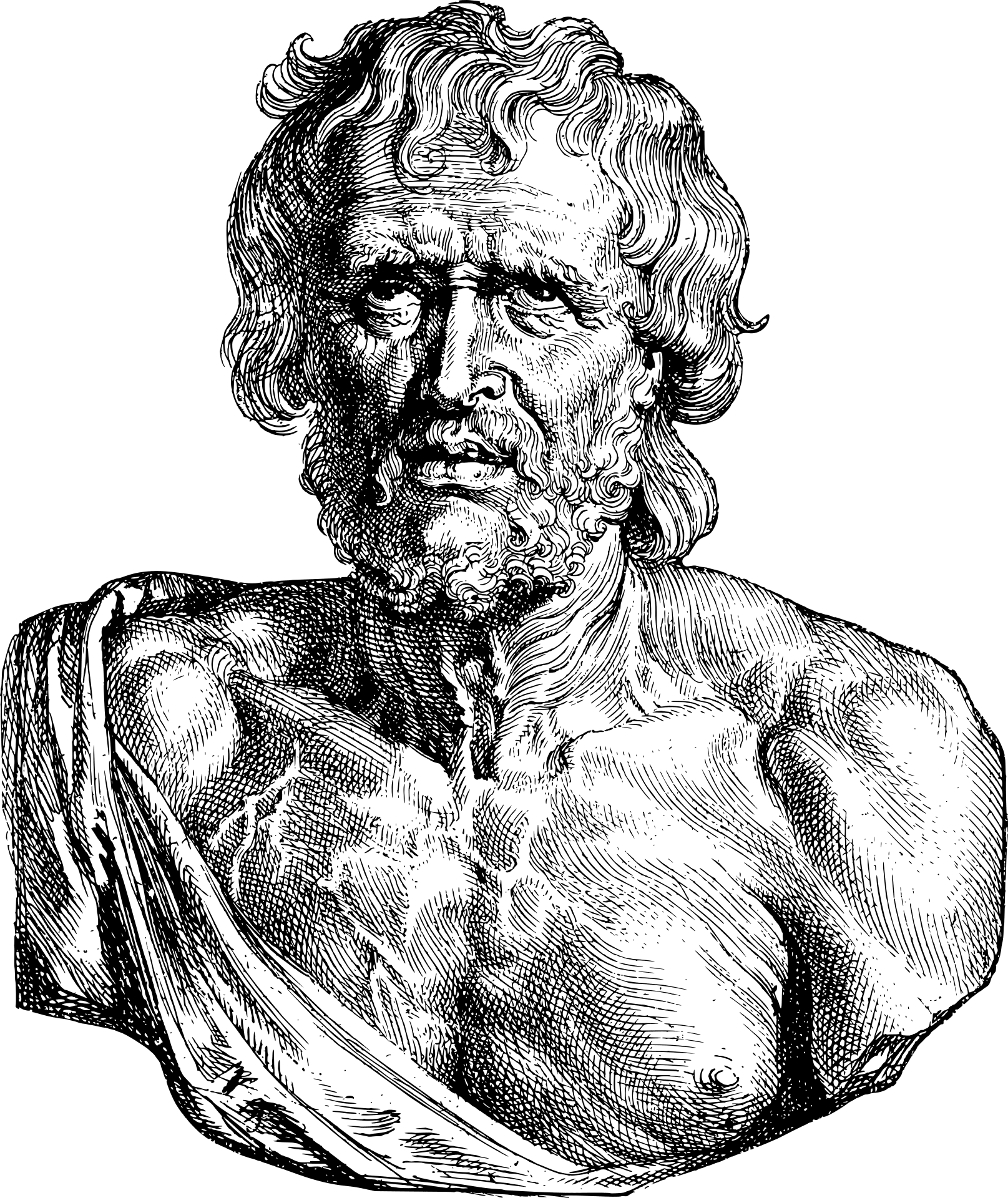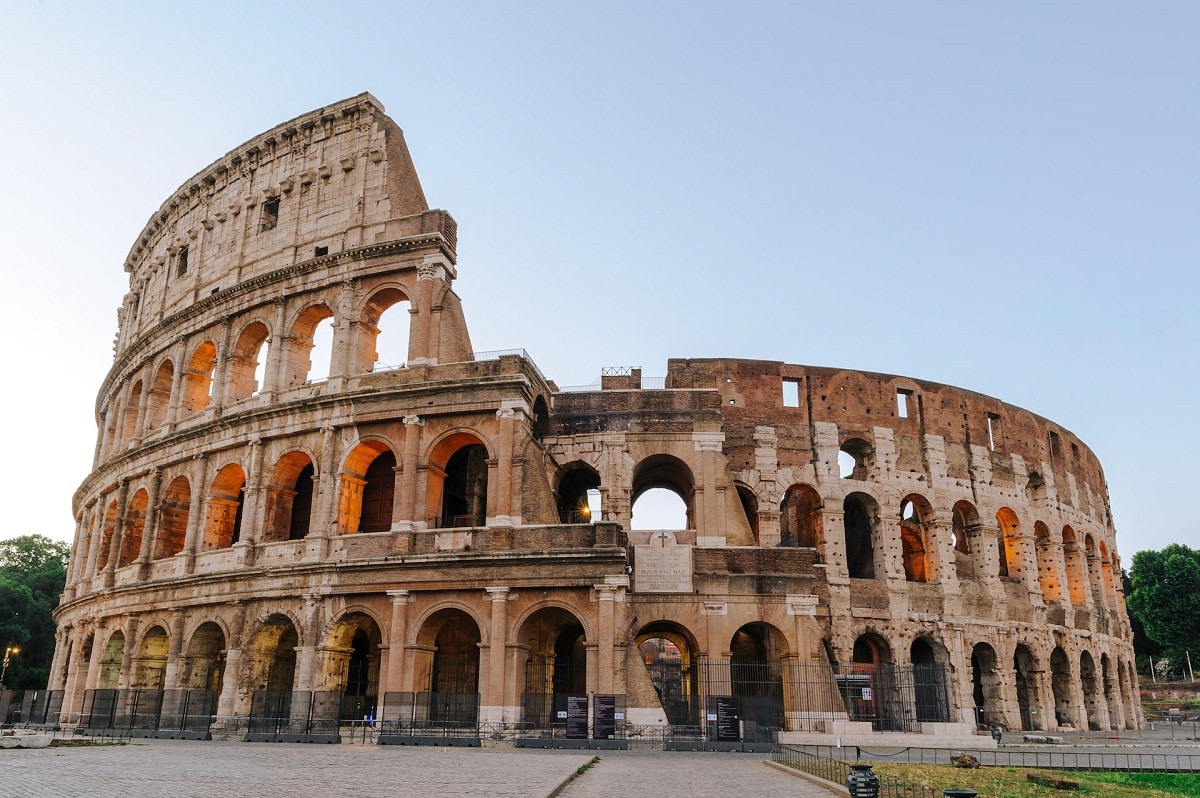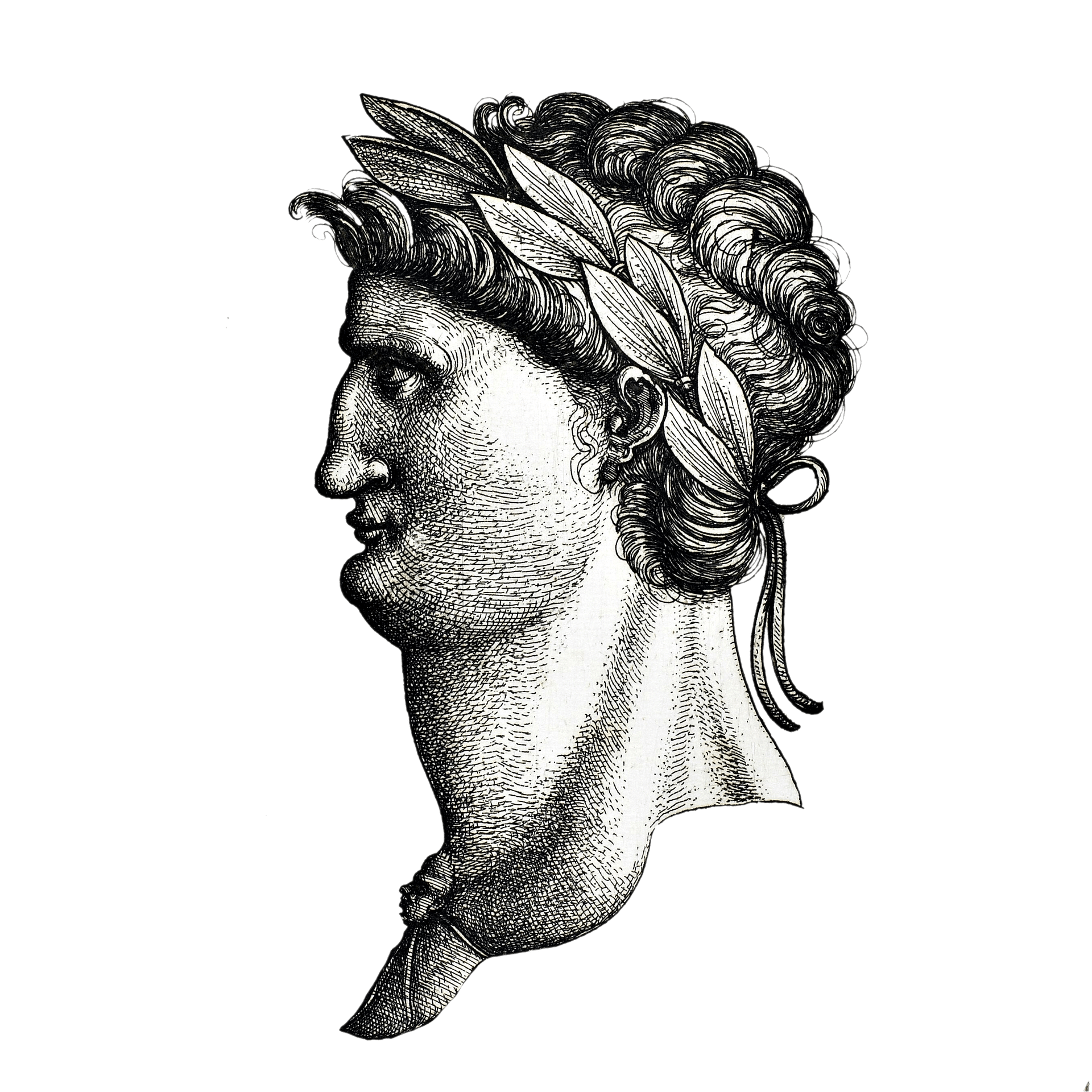
Seneca is undoubtedly one of the most important and well-known thinkers of the Roman imperial era. Both for some biographical aspects that link him to the emperors of the time, and for his character of moralist, intransigent critic of the vices of the Roman Empire. society and promoter of new values.
Seneca's entire life was spent under the reign of five different emperors. Part of the Julio-Claudian dynasty; will become Nero's tutor and advisor. However, the latter, blinded by wealth and power, will force the philosopher to commit suicide, accusing him of having participated in the Pisonian conspiracy.
Biographical notes: life and work
We know little about the youth of Lucio Anneo Seneca. He was born in Córdoba (in Spain) to an equestrian family, between 4 and 1 BC. His father, a wealthy gentleman known as Seneca the Elder or Seneca the RhetoricianHe was a cultured man with a passion for history and rhetoric. he this moved in Rome to study more easily and listen to the most illustrious orators and allow his three children to receive a proper education.
Seneca began to associate with some of the most famous intellectuals of the day. Sozione the Younger (Neopythagorean philosopher), Attalus (Stoic) and Papirio Fabiano (rhetorician and philosopher). Through them he knows the doctrines of Quintus Sextius, who had preached an ideal of an ascetic life, also partly inspired by neo-Pythagoreanism, to which he always remained faithful. Seneca moved to Egypt around AD 26 with an uncle to cure his failing health. Here he began his oratorical and political career around AD 31. C. and, after a few years, he became a senator.
The first frictions with power date back to the year 39 AD, when he risked the death penalty, apparently at the whim of the envious Caligula., in whose presence he had brilliantly defended a cause, but more probably because of his connection with his immediate environment. Germanicus, hostile to the emperor. On this occasion, he was saved by a lover of Caligula, who pointed out to the emperor that it was not worth killing this sickly intellectual, who would surely have died in a short time.

Accusations against Seneca
In the year 41 AD Seneca is the victim of a palace plot and, after being accused of adultery with one of Caligula's sisters, he is banished to Corsica by the new emperor Claudius.. Exile -in effect, a relegation- lasted from 41 to 49 AD. C. This time it was Messalina, the first wife of Emperor Claudius, who was responsible for the condemnation. In fact, she fears the ancient clan of the Germanics, represented by Caligula's sisters, and for this reason she has Seneca accused of adultery with the youngest of them, Giulia Livilla.
The return of Seneca to Rome is promoted by Agrippina, wife of Claudio, after the death of Messalina. In fact, the new wife of the emperor prepares the succession to the throne of his son Lucio Domizio Enobarbo, the future Nero, from a previous marriage, and considers the Cordovan philosopher an ideal adviser for him.
In 54 AD C., Claudius died, perhaps poisoned by Agrippina herself, and was succeeded by sixteen-year-old Nerone, flanked by Seneca and the Praetorian prefect Afranio Burro. Nero will be a very controversial prince in his time; in fact, he will have some undeniable merits, especially in the first part of his empire, but he will also be responsible for crimes and despotic attitudes.
Commitments and more commitments
Seneca then conceives the ambitious plan to guide the young student towards an enlightened exercise of power. He did it trying to achieve a mediation between the imperial power and the power of the Senate. He suggested to Nero a policy of respect for the prerogatives of the aristocracy. However, it is a difficult period for the philosopher, not only because of the commitment that this policy requires of him, but above all because of the multiple commitments that he has to accept. On the one hand, the character of Nero, intolerant of his tutelage, and on the other, the plots of Agrippina, who wanted to control his son through Seneca and Donkey, in order to manage his power.
The principality's first five-year period was marked by a period of apparent balance - the so-called "good government period" - but afterwards the situation seemed to decline drastically. The positive influence of the two illustrious tutors was in fact short-lived; Nerone, full of ambition and presumption, begins to get rid of those who hinder his individual affirmation project, betraying the same values and principles with which he was educated by his teacher.

He was touched by an evil emperor
The despotic emperor soon began to be the protagonist of terrible actions. He had Claudius's son, Briton, killed in AD 55. A few years later, in AD 59, he had Agrippina's own mother killed, after strong conflicts.. Seneca, however, remained at the emperor's side until AD 62.
When, after the death of Donkey (perhaps poisoned), the contrasts became more and more accentuated both with the lifestyle of Nero and Tigellinus, the new prefect of the praetorium, and with an increasingly authoritarian lifestyle.
At this point, Seneca realizes the danger of the situation and begins to frequent the imperial palace less and less, especially after the burning of Rome in the year 64. Furthermore, he asks the emperor to withdraw from political life. Despite his refusal, he gradually moved away to his country villas, dedicating himself to the study of philosophy. Precisely in this period Seneca composed some of his most important works: the natural questions, of providence and moral letters to Lucilius.
Nero's judgment
The attitude of progressive detachment from Nero's political options leads them to see Seneca as an opponent of the regime. Therefore, when in AD 65 a senatorial conspiracy against Nero, headed by Gaius Calpurnius Piso (known as the Piso conspiracy), was thwarted, Seneca could not escape suspicion of having taken part in it and Nero sentenced to death. Then he receives the order to take his own life, dying with honor according to the principles of mos Maiorum. Had he not done so, he would have been executed anyway, as Nero remains firmly convinced of his involvement in the Pisonian conspiracy. Seneca may only be aware of the conspiracy, but we don't know for sure if he actually participated in it. Unable and unwilling to escape, the philosopher opts for suicide and has no other choice.
The death of Seneca is narrated by Tacitus, who describes it being inspired by theto the death of Socrates in the Phaedo y Crito from Plato, with very similar tones; Seneca addresses the students and her wife Pompea Paolina, who would like to commit suicide with him, but despite the fact that the philosopher pushes her not to, she insists.
The last moments according to Tacitus
Tacitus describes the last moments of the philosopher's life this way: «Meanwhile Seneca, as the wait was long and death was slow to arrive, begged Statius Anneus, whose long friendship and medical art he had experienced, to pour him the poison prepared long ago, the same with which those condemned by popular sentence were extinguished in Athens. They brought it to him, but he drank it in vain; because his limbs were already cold and his body closed to the action of the poison. Finally, he had himself placed in a tub of hot water, and sprinkling the nearest servants with it, he again said that he offered that libation to Jupiter the deliverer. Finally placed in a steam bath, he was suffocated by the heat and was cremated without any funeral ceremony. This had been arranged in his will when, still very rich and at the height of his power, he was already thinking of his end. ».
A suicide understood by many
Courageous and Justifiable Suicide For those who are not afraid of death and who have lived their whole lives seeking happiness in virtue, wisdom and peace of mind, consider the importance of life not in terms of its duration, but in terms of the quality with which it is lived . lives He who, through his tragedies, tried, condemning the fury, teach his sovereign to avoid excesses of anger, devoting even one of his Dialogues to this malignant passion (the of anger), even if you are a victim of it. His is a death that nonetheless gloriously crowns a life fully lived; he is always capable of adapting to positive and negative circumstances, leaving posterity a rich repertoire of works, both philosophical and moral, through his ten Dialogues y their epistles, more intimate and personal.
The philosopher, who for a long time was accused of not living according to its precepts, of having accumulated wealth and practiced usury, of having compromised with power and having supported the massacres of Britannicus and Agrippina, with his theatrical Socratic death he finally puts peace between his life and his works. Tacitus' intense and dramatic passage from the Annals (15, 62-64) –which, moreover, inspired the modern iconographic tradition, from Rubens to David– is, together with the roman history (25, 1-3) by Cassius Dio, the main source for the reconstruction of Seneca's suicide. As he himself states in the Letters to Lucilio(Book VIII, 70, 6 and 28): «To die well means to escape the danger of living badly. (…) The same reason exhorts us to die in the way, if possible, that we like».